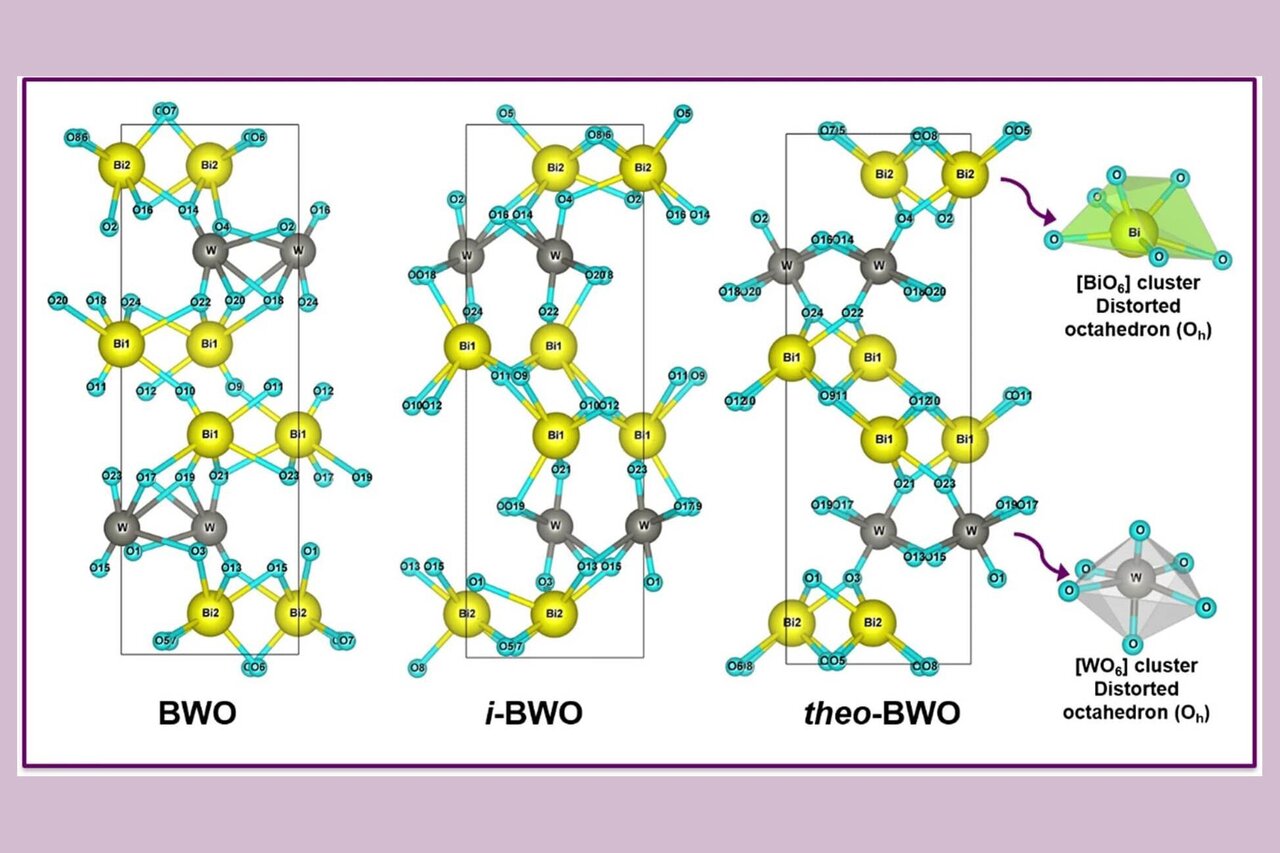
Bismuth Tungstate might sound like a mouthful, but this compound is more than just a complex name. Known for its unique properties, it plays a significant role in various scientific fields. What makes Bismuth Tungstate so special? Its ability to act as a photocatalyst, converting light into chemical energy, is one of its standout features. This makes it incredibly useful in environmental cleanup processes, such as breaking down pollutants in water. Additionally, its vibrant yellow color and high refractive index make it valuable in optical applications. Ready to dive into 25 intriguing facts about this fascinating compound? Let’s get started!
Key Takeaways:
- Bismuth Tungstate, a yellow compound with unique properties, is used in environmental science, electronic devices, and clean energy production. It's also being researched for potential uses in combating climate change and quantum computing.
- Bismuth Tungstate's distinctive yellow color comes from its unique electronic structure. It has both practical applications, like in sensors and capacitors, and fun facts, such as its ability to be grown in a lab for detailed study.
What is Bismuth Tungstate?
Bismuth Tungstate (Bi2WO6) is a fascinating compound with unique properties. Known for its applications in various fields, it has intrigued scientists and researchers alike. Here are some intriguing facts about this compound.
-
Bismuth Tungstate is a member of the Aurivillius family of oxides, which are known for their layered structures.
-
It has a distinctive yellow color, making it easily recognizable among other compounds.
-
This compound is often used in photocatalysis, a process that uses light to accelerate a chemical reaction.
-
Bismuth Tungstate has a high refractive index, which means it bends light more than many other materials.
-
It is known for its ferroelectric properties, which means it can maintain a permanent electric polarization.
Applications of Bismuth Tungstate
Bismuth Tungstate is not just a pretty yellow compound; it has several practical applications. Let's explore some of the ways it is used in various industries.
-
In the field of environmental science, Bismuth Tungstate is used for the degradation of pollutants in water.
-
It is employed in the production of sensors due to its sensitivity to changes in the environment.
-
The compound is also used in the creation of capacitors, which are essential components in electronic devices.
-
Bismuth Tungstate is utilized in the field of photocatalytic hydrogen production, a clean energy source.
-
It plays a role in the development of antimicrobial coatings, helping to prevent the spread of bacteria and viruses.
Unique Properties of Bismuth Tungstate
Bismuth Tungstate boasts several unique properties that make it stand out. These properties contribute to its wide range of applications.
-
It has a layered perovskite structure, which contributes to its stability and durability.
-
The compound exhibits strong piezoelectric properties, meaning it can generate an electric charge in response to mechanical stress.
-
Bismuth Tungstate is known for its high dielectric constant, which makes it useful in electronic applications.
-
It has a bandgap of approximately 2.8 eV, making it effective in absorbing visible light.
-
The compound is thermally stable, meaning it can withstand high temperatures without decomposing.
Research and Development
Ongoing research continues to uncover new uses and properties of Bismuth Tungstate. Scientists are constantly exploring its potential.
-
Recent studies have shown that Bismuth Tungstate can be used in the field of photocatalytic CO2 reduction, helping to combat climate change.
-
Researchers are investigating its potential use in the development of new types of solar cells.
-
The compound is being studied for its potential in the field of optoelectronics, which involves the use of light in electronic devices.
-
Bismuth Tungstate is also being explored for its potential in the field of quantum computing.
-
Scientists are looking into its use in the development of new types of batteries, which could lead to more efficient energy storage solutions.
Fun Facts about Bismuth Tungstate
Beyond its scientific and practical applications, Bismuth Tungstate has some fun and interesting aspects.
-
The compound's yellow color is due to its unique electronic structure, which absorbs certain wavelengths of light.
-
Bismuth Tungstate crystals can be grown in a lab, allowing scientists to study their properties in detail.
-
It is one of the few compounds that exhibit both ferroelectric and photocatalytic properties.
-
The compound's name comes from its two main elements, bismuth and tungsten, which are both heavy metals.
-
Bismuth Tungstate has been the subject of numerous scientific papers, highlighting its importance in the field of materials science.
The Final Word on Bismuth Tungstate
Bismuth Tungstate is a fascinating compound with unique properties and a wide range of applications. From its photocatalytic abilities to its use in medical imaging, this material stands out in both scientific research and practical applications. Its distinctive crystal structure and high refractive index make it invaluable in various fields, including environmental science and electronics. Understanding these facts not only highlights the importance of Bismuth Tungstate but also opens doors to future innovations. Whether you're a student, a researcher, or just curious, knowing about this compound enriches your knowledge of material science. Keep exploring and stay curious—there's always more to learn about the incredible world of chemistry.
Frequently Asked Questions
Was this page helpful?
Our commitment to delivering trustworthy and engaging content is at the heart of what we do. Each fact on our site is contributed by real users like you, bringing a wealth of diverse insights and information. To ensure the highest standards of accuracy and reliability, our dedicated editors meticulously review each submission. This process guarantees that the facts we share are not only fascinating but also credible. Trust in our commitment to quality and authenticity as you explore and learn with us.
